- 1Madia Department of Chemistry, Biochemistry, Physics and Engineering, Indiana University of Pennsylvania, Indiana, PA, United States
- 2Texas Materials Institute, The University of Texas at Austin, Austin, TX, United States
Time-dependent thermoremanent magnetization (TRM) studies have been instrumental in probing energy dynamics within the spin glass phase. In this paper, we review the evolution of the TRM experiment over the last half century and discuss some aspects related to how it has been used in the understanding of spin glasses. We also report on recent experiments using high-resolution DC SQUID magnetometry to probe the TRM at temperatures less than but near to the transition temperature Tc. These experiments have been performed as a function of waiting time, temperature, and five different magnetic fields. We find that as the transition temperature is approached from below, the characteristic time scale of TRM is suppressed up to several orders of magnitude in time. In the highest-temperature region, we find that the waiting time effect subsides, and a waiting time-independent crossover line is reached. We also find that increasing the magnetic field further suppresses the crossover line. Using a first-principles energy argument across the crossover line, we derive an equation that is an excellent fit to the crossover lines for all magnetic fields probed. The data show strong evidence for critical slowing down and an H = 0 Oe phase transition.
1 Introduction
The main goal of this paper is to present the data and analysis which use the thermoremanent magnetization (TRM) waiting time effect in spin glasses as a probe of the critical region near the spin glass phase transition. In the spirit of this collection, we begin with a brief historical perspective and a primer on several magnetic signatures found in spin glasses. This introductory section includes a description of the experiments, field cooled/zero field cooled (FC/ZFC) and field cooled-thermoremanent magnetization/zero field cooled magnetization (FC-TRM/ZFC-TRM), the waiting time effect, and the relationships between them. We then review the structure of the FC-TRM decay and discuss several experiments and simulations that are important for understanding the data and the analysis to follow. This is not meant to be a comprehensive review. Since the measurements presented in this paper represent an improvement in experimental design and an improved signal-to-noise ratio, Section 2, Experimental methods, is more detailed and may be of use to experts in the field. Finally, in Section 3 and Section 4, we present the data and analysis which encompass using the TRM and waiting time effect in spin glasses as a probe of the critical region near the spin glass phase transition.
The history of experimental and numerical studies in spin glasses follows the development of technology itself, and it can be argued that the challenges of exploring the nature of the spin glass phase have driven aspects of technology forward. Early numerical studies on this NP hard problem [1] began in the 1980s with simulations on smaller than 16 spins. Today, with the advent of large-scale computing, dedicated computers, and advances in algorithms, simulations are done with more than
From the experimental side, in small magnetic fields, the spin glass state has, by its random nature, a small magnetic signal. Elucidating the much smaller time dependencies of the magnetization signals makes the measurement sensitivity of primary importance. These signals approach zero at several limits, (
The first TRM measurements were made by [5], using Faraday techniques, only 2 years after the discovery of the spin glass phase [6]. This measurement was made by cooling the spin glass below its transition temperature, in a magnetic field, to a measuring temperature. These measurements were often made by physically pulling the sample out of a sensing coil, thereby inducing a magnetic flux change in the coil and then electronically integrating the signal to obtain total magnetization. Other “static” measurements then evolved, including the first field-cooled/zero field-cooled (FC/ZFC) measurements. They were performed on
To understand the FC-TRM decay measurement, the corresponding ZFC-TRM measurement, and the subtle differences between them, it is useful to analyze the FC/ZFC magnetization of the spin glass state as a function of temperature. Figure 1 displays the field cooled (FC) and zero field-cooled (ZFC) magnetization curves for a poly-crystalline
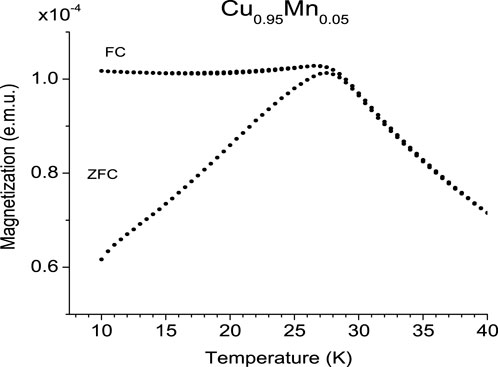
Figure 1. ZFC and FC magnetization curves in a 10-Oe magnetic field for bulk
One problem that arises in the experimental spin glass field is that unlike numerical studies, which determine
Getting back to the FC/ZFC curves, above
In 1983, [14] reported both a time-dependent decay of the ZFC-TRM and the waiting time effect using RF-SQUID magnetometry. In the ZFC-TRM, the sample is cooled in a zero magnetic field from a high temperature above the transition temperature to some measuring temperature within the spin glass state. Since the sample is cooled in a zero magnetic field, the random nature of the spin glass state implies zero magnetization (time reversal symmetry applies). In this zero-magnetization state, the sample is maintained at the measuring temperature for time
In 1984, [17] reported similar time dependencies (including the waiting time effect) in RF-SQUID-aided measurements of the FC-TRM measurement. In the FC-TRM measurement, the sample is cooled in a magnetic field, from a temperature above the transition temperature to a measuring temperature in the spin glass state. This is the same procedure as the FC magnetization measurement (Figure 1). Therefore, at the measuring temperature, the system starts out with a magnetization equal to the FC magnetization (with the small deviation due to the weak logarithmic time-dependent decay of the FC magnetization) [15, 16]. In this magnetized state, at a constant temperature
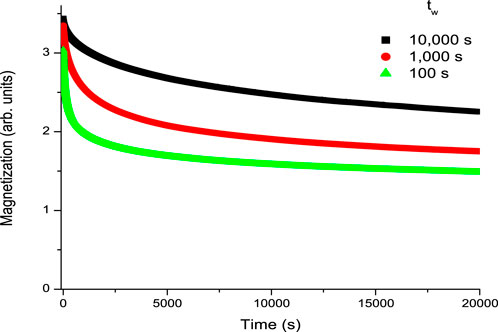
Figure 2. TRM waiting time effect for the
Over most of the temperatures below the spin glass transition temperature, superposition appears to hold and can be described by Equation 1 [18]
As mentioned previously,
Superposition assumes that the removal of the magnetic field in the FC-TRM measurement is equivalent to adding a negative field to the sample in the FC state at time
An early attempt to analyze the entire decay curve was made using a stretched exponential function, Equation 2 [17].
The power law was later added to describe the short time
It was found that over most of the spin glass state that the stretching exponent n was a constant (see [25]; Figure 2). As Tg was approached, this constant deviated toward n = 1. In order to fit this function, the time scale
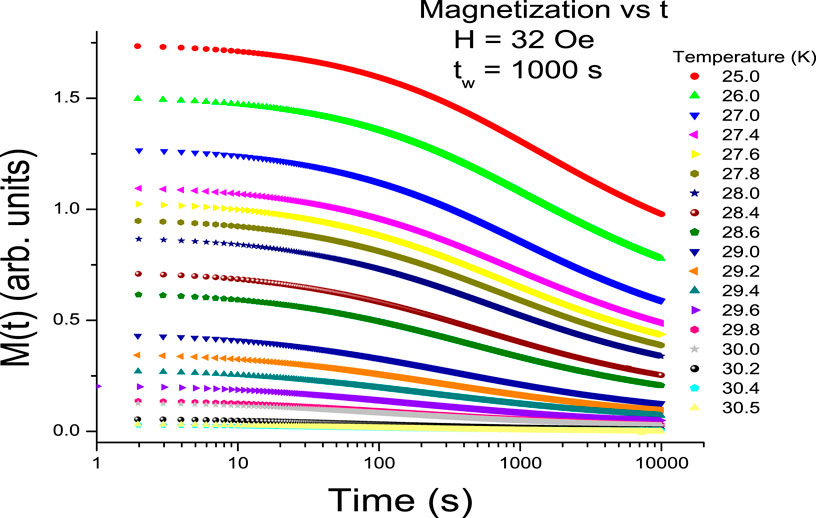
Figure 3. TRM waiting time effect for the
A second analysis then evolved, where [26, 27] applied the phenomenological time scaling technique (first used by [28] to quantify the waiting time effect in polymers) to spin glasses. In this technique, all curves produced with different waiting times could be collapsed onto a single master curve by scaling the data with a reduced effective time scale defined by Equations 3, 4.
where
In the limit
A new parameter
Perhaps, the most interesting aspect of the waiting time effect is that it appears to be effectively temperature-independent in the approximate temperature range 0.4Tg–0.8Tg. Not only are the n values (from the stretched exponential) and
the S(t) function displays a peak at a time equal to the time where the inflection point in the decay is observed. This time is called
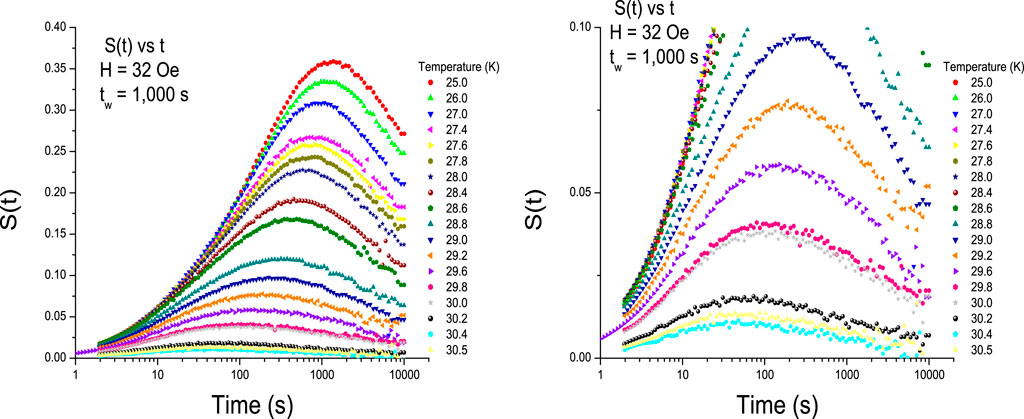
Figure 4. S(t) functions for the data given in Figure 3 as a function of temperature. All measurements were made with a 32-Oe magnetic field and a waiting time of
The S(t) function, as well as the associated characteristic time scale,
[31] analyzed 2D and 3D numerical simulations of Ising spin glass models. They found that they could determine a spatially dependent coherence length scale using a 4-spin autocorrelation function, Equation 6.
This spatial coherence length is observed to grow as a power law according to Equation 7.
where
This dynamic analysis was extended to CuMn(14
Numerical analysis of the 4-spin correlation function showed that the power law growth (Equation 7) holds right up to the spin glass transition temperature, at which point the exponent
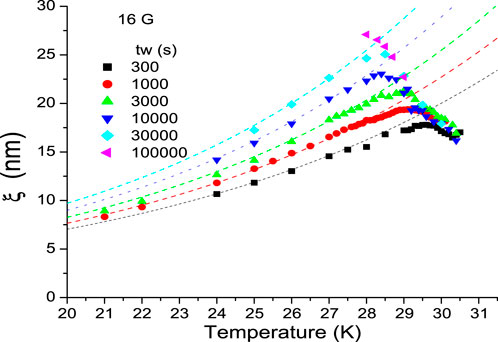
Figure 5. The plot is prepared by inserting
Figure 6 shows the entire magnitude of the observed remanent magnetization for the single-crystal sample measured using a TRM protocol with a 16-Oe field. The solid symbols on this graph represent the remanent magnetization signal a few seconds after the magnetic field is shut off. This signal is comparable to the remanence defined by the difference in FC and ZFC magnetization. The open symbols are the corresponding measurement of the decay 10,000 s after the magnetic field was switched to H = 0 Oe. For the shorter waiting time (i.e., 1,000 s), the waiting time effect is almost over at 10,000 s, and the remaining magnetization (i.e., below the open circles) decays logarithmically, as discussed previously. This decay happens on time scales much larger than the experimental time scales reported in this study.
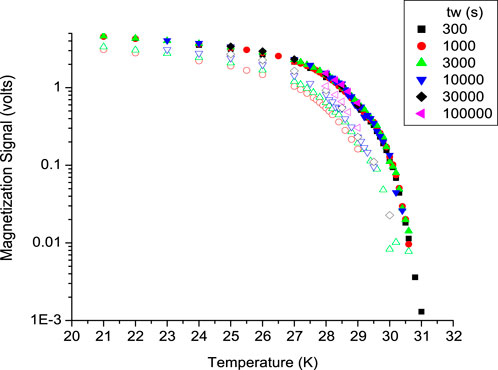
Figure 6. Magnitude of the observed remanent magnetization for the single-crystal sample cooled in a 16-Oe magnetic field. The solid symbols on this graph represent the remanent magnetization signal 12 s after the magnetic field is shut off. This signal is comparable to the remanence defined by the difference in the FC and ZFC magnetization. The open symbols are the corresponding measurement of the decay, 10,000 s after the magnetic field was switched to H = 0 Oe. For the shorter waiting time (i.e., 1,000 s), the waiting time effect is almost over at 10,000 s, and the remaining magnetization (i.e., below the open circles) decays logarithmically, as discussed previously.
Scaling theory and the underlying renormalization group theory have opened a path for understanding critical phenomena near phase transitions [35]. As the critical temperature of a phase transition is approached (either from high or low temperatures), the physics of the system is governed by the correlated growth of fluctuations and critical decreasing of fluctuation time scales. Near the thermodynamic critical point of a continuous magnetic phase transition, strong highly correlated magnetization fluctuations are expected that, in principle, can occur with any time and/or length scale [36]. For the discussion to follow, we plot the critical fluctuation time scale as a function of temperature, Figure 7A, and the critical correlation length scale, Figure 7B, as a function of temperature. In Figure 7A, we plot
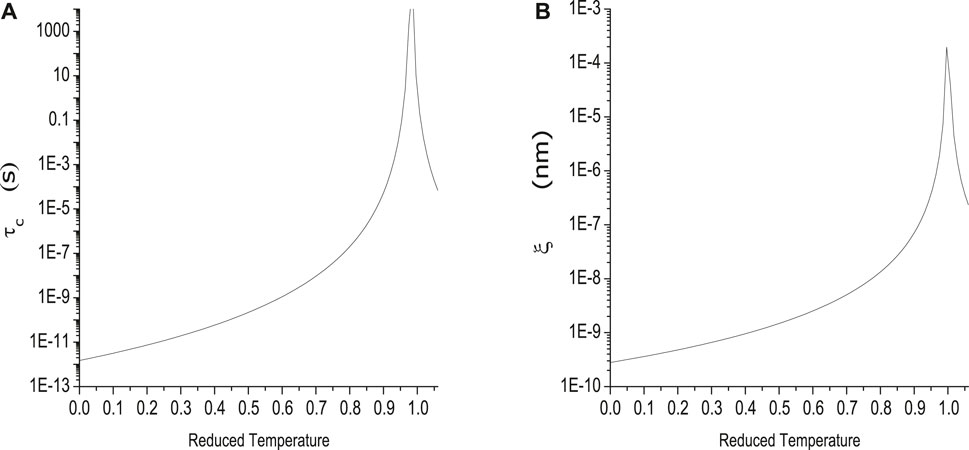
Figure 7. In (A) (top), we plot
In Figure 7B, we plot
These plots will be useful for understanding the theory proposed in Section 4.
2 Experimental methods
The challenge for TRM measurements close to, but below the transition temperature, is the need for extreme sensitivity. To begin with, the total remanent magnetization (and hence, the signal) rapidly decreases as the transition temperature is approached. This can be observed in Figure 6. In addition, the S(t) function is a derivative, significantly enhancing the noise observed in the magnetization decay. To probe close to the transition temperature, we build a dedicated, very high-sensitivity dual-DC SQUID magnetometer. The Indiana University of Pennsylvania (IUP) magnetometer has two independent SQUID amplifiers. One measures the sample, and the other measures the ambient background. The pickup coils have nearly identical second-order gradiometer configurations and are displaced from each other by 10 cm. The pickup coils have a diameter of 1.1 cm. The resolution of the magnetometer at the baseline point is
The TRM measurements reported here are an analog measurement. The details are briefly discussed. In a magnetic field, the sample is brought from a high temperature, usually 5–6 K above
To further enhance the stabilization of the system, measurements presented in this paper were made in two experimental sessions over which the magnetometer was kept cold. The data taken with a TRM field of 16 Oe were measured over a period of approximately 4 months in 2021, and the other magnetic field data presented were obtained in a 3-month session in 2022. Long sessions cold, enhanced the thermal stabilization of the equipment. The TRM measurements are isothermal measurements, so temperature control is very important. The sample, located at the end of a temperature-controlled
The bulk polycrystalline CuMn sample (Figure 1) was prepared by alloying high-purity Cu and Mn and then annealing at high temperature to randomize the Mn within the sample, followed by a rapid thermal quench to 77 K. For many years, it was believed within the spin glass experimental community that to correctly produce these types of metallic spin glasses, (i.e., a bulk CuMn sample), high-purity Cu and Mn must be alloyed and then annealed at high temperature (
3 Data and analysis
Previous studies on
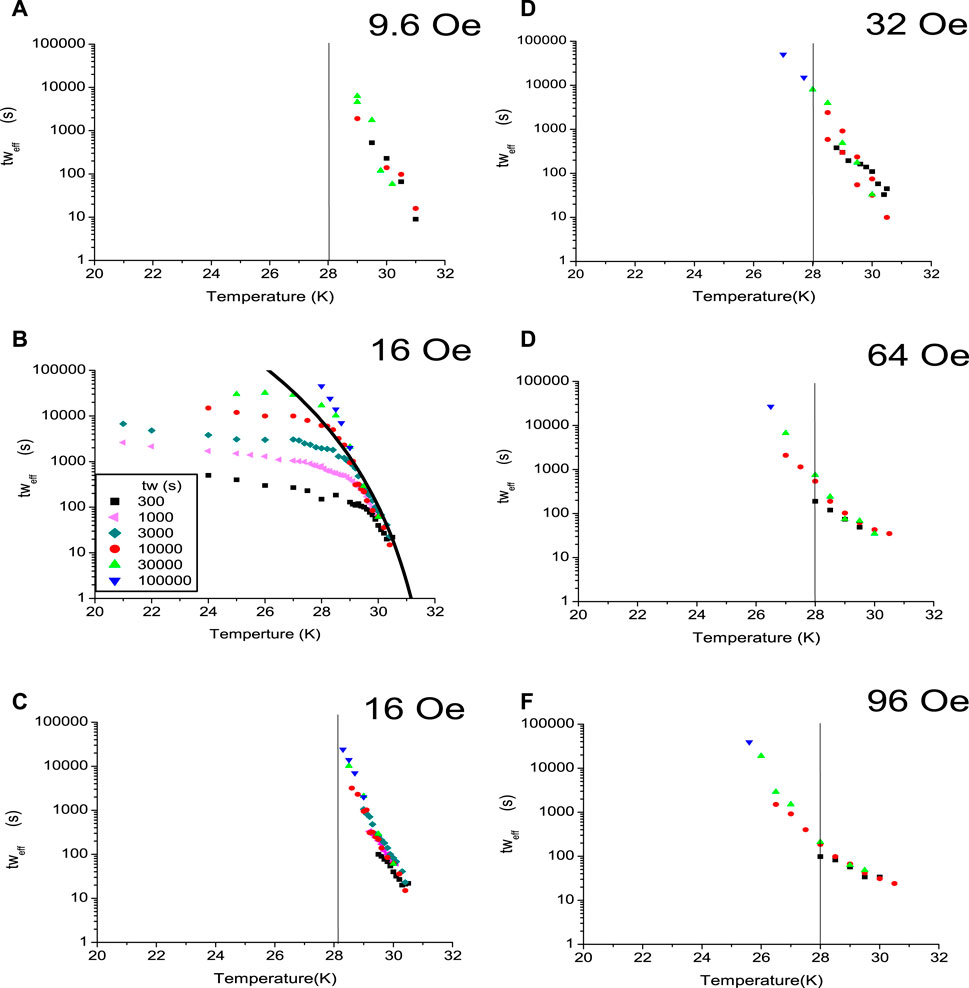
Figure 8. Plot of the crossover line for five different magnetic fields 9.6 Oe (A), 16 Oe (C), 32 Oe (D), 64 Oe (E) and 96 Oe (F). (B) is a plot of
To begin the analysis of this effect, we first separated the waiting time-independent crossover line from the standard waiting time effect. This was accomplished by removing data associated with the break toward the standard waiting time effect. For example, both Figures 8B,C are plots of the same data (H = 16 Oe), with the waiting time-dependent data removed in Figure 8C. Unfortunately, the exact temperature limits on either side of the crossover line are somewhat subjective.
4 Discussion
A model has emerged for the waiting time effect within the spin glass state, and we apply this model to the critical region (near
From this point forward in the analysis, we use
Since the sample is held at temperature
It is clear that the suppression of the waiting time effect is already in effect at a lower temperature (below the crossover line), as observed in the reduction of the peak times
In particular, at the crossover line, the small spin glass energy associated with the waiting time effect is
We would expect the free energy perturbation to be a continuous function through the crossover region.
where
We expect that the magnetization decay in the critical region would be governed by the critical fluctuation time scale
We propose an effective Arrhenius law in the critical region
In this equation, we assume that
Substituting Equation (11) and (14) in Equation 12 leads to
Replacing
Although this equation can be used to fit the data for
where
We do find, however, that the data fit to
Figure 9 is a plot of Equation 18 using
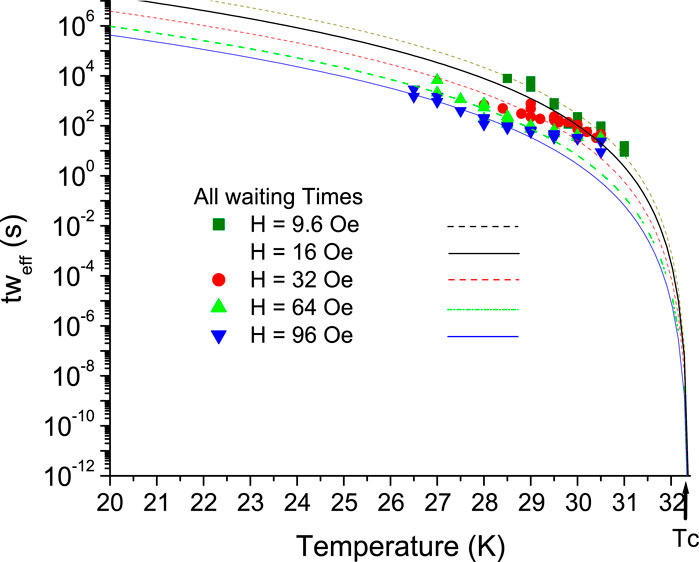
Figure 9. The crossover line data are plotted for four different magnetic fields. Plot of Equation 18 (lines) for five different fields. The 16-G data are fit to Equation 18 in Figure 8B.
The
where the nonlinear terms
Finally, we discuss an observation made with respect to the field dependent data and some open questions. In Figure 8, it can be observed that as the magnetic field decreases, the crossover line becomes more vertical and shifts to higher temperatures. The line at 28 K is an aid to the eye. This clear difference implies that as
In summary, we measured the TRM decays for a range of magnetic fields and temperatures below the transition temperature. We find that on the approach to
Data availability statement
The raw data supporting the conclusion of this article will be made available by the authors, without undue reservation.
Author contributions
GK: conceptualization, data curation, formal analysis, funding acquisition, investigation, methodology, project administration, resources, software, supervision, validation, visualization, writing–original draft, and writing–review and editing. MB: data curation and writing–review and editing. RB: data curation and writing–review and editing. MH: data curation and writing–review and editing. DT: data curation, investigation, and writing–review and editing.
Funding
The author(s) declare that financial support was received for the research, authorship, and/or publication of this article. This work was supported by the US Department of Energy (USDOE), Office of Science, Basic Energy Sciences, under Award DE-SC0013599. The IUP Dual DC SQUID magnetometer was built under an NSF MRI, Award No. 0852643. Single-crystal growth was performed by Deborah Schlagel at the Ames Laboratory, which is supported by the Office of Science, Basic Energy Sciences, Materials Sciences and Engineering Division of the USDOE, under Contract No. DE-AC02-07CH11358.
Acknowledgments
The authors thank R.L. Orbach, J. Meese, P. Young, E.D. Dahlberg, and J. Friedberg for useful discussions. The authors also thank GK for his help with the manuscript.
Conflict of interest
The authors declare that the research was conducted in the absence of any commercial or financial relationships that could be construed as a potential conflict of interest.
Publisher’s note
All claims expressed in this article are solely those of the authors and do not necessarily represent those of their affiliated organizations, or those of the publisher, the editors, and the reviewers. Any product that may be evaluated in this article, or claim that may be made by its manufacturer, is not guaranteed or endorsed by the publisher.
Supplementary material
The Supplementary Material for this article can be found online at: https://www.frontiersin.org/articles/10.3389/fphy.2024.1443298/full#supplementary-material
References
1. Barahona F. On the computational complexity of ising spin glass models. J Phys A: Math Gen (2015) 15:3241–53. doi:10.1088/0305-4470/15/10/028
2. Fernandez LA, Martin-Mayor V. Testing statics-dynamics equivalence at the spin-glass transition in three dimensions. Phys Rev B (1982) 91:174202. doi:10.1103/PhysRevB.91.174202
3. Andriushchenko P, Kapitan D, Kapitan V. A new look at the spin glass problem from a deep learning perspective. Entropy (2022) 24:697. doi:10.3390/e24050697
4. King AD, Raymond J, Lanting T, Harris R, Zucca A, Altomare F, et al. Quantum critical dynamics in a 5,000-qubit programmable spin glass. Nature (2023) 617:61–6. doi:10.1038/s41586-023-05867-2
5. Tholence JL, Tournier R. Susceptibility and remanent magnetization of a spin glass. Le J de Physique Colloques (1974) 35:C4-229–35. doi:10.1051/jphyscol:1974442
6. Cannella V, Mydosh JA. Magnetic ordering in gold-iron alloys. Phys Rev B (1972) 6:4220–37. doi:10.1103/PhysRevB.6.4220
7. Mizoguchi T, McGuire TR, Kirkpatrick S, Gambino RJ. Measurement of the spin-glass order parameter in amorphous gd0.37 al0.63. Phys Rev Lett (1977) 38:89–92. doi:10.1103/PhysRevLett.38.89
8. Kinzel W. Remanent magnetization in spin-glasses. Phys Rev B (1979) 19:4595–607. doi:10.1103/PhysRevB.19.4595
9. Nagata S, Keesom PH, Harrison HR. Low-dc-field susceptibility of cu mn spin glass. Phys Rev B (1979) 19:1633–8. doi:10.1103/PhysRevB.19.1633
10. Levy LP, Ogielski AT. Nonlinear dynamic susceptibilities at the spin-glass transition of ag: Mn. Phys Rev Lett (1986) 57:3288–91. doi:10.1103/PhysRevLett.57.3288
11. Pradhan S, Harrison D, Kenning GG, Schlagel DSG. Investigation of experimental signatures of spin glass transition temperature. Front Phys (2024).
12. Sandlund L, Granberg P, Lundgren L, Nordblad P, Svedlindh P, Cowen JA, et al. Dynamics of cu-mn spin-glass films. Phys Rev B (1989) 40:869–72. doi:10.1103/PhysRevB.40.869
13. Kenning GG, Chu D, Orbach R. Irreversibility crossover in a cu: Mn spin glass in high magnetic fields: evidence for the gabay-toulouse transition. Phys Rev Lett (1991) 66:2923–6. doi:10.1103/PhysRevLett.66.2923
14. Lundgren L, Svedlindh P, Nordblad P, Beckman O. Dynamics of the relaxation-time spectrum in a cumn spin-glass. Phys Rev Lett (1983) 51:911–4. doi:10.1103/PhysRevLett.51.911
15. Djurberg C, Jonason K, Nordblad P. Magnetic relaxation phenomena in a cumn spin glass. The Eur Phys J B-Condensed Matter Complex Syst (1999) 10:15–21. doi:10.1007/s100510050824
16. Zhai Q, Orbach RL, Schlagel DL. Evidence for temperature chaos in spin glasses. Phys Rev B (2022) 105:014434. doi:10.1103/PhysRevB.105.014434
17. Chamberlin RV, Mozurkewich G, Orbach R. Time decay of the remanent magnetization in spin-glasses. Phys Rev Lett (1984) 52:867–70. doi:10.1103/PhysRevLett.52.867
18. Lundgren L, Nordblad P, Sandlund L. Memory behaviour of the spin glass relaxation. Europhysics Lett (1986) 1:529–34. doi:10.1209/0295-5075/1/10/007
19. Paga I, Zhai Q, Baity-Jesi M, Calore E, Cruz A, Cummings C, et al. Superposition principle and nonlinear response in spin glasses. Phys Rev B (2023) 107:214436. doi:10.1103/PhysRevB.107.214436
20. Bontemps N, Orbach R. Evidence for differing short-and long-time decay behavior in the dynamic response of the insulating spin-glass eu0.4 sr0.6 s. Phys Rev B (1988) 37:4708–13. doi:10.1103/PhysRevB.37.4708
21. Refregier P, Ocio M, Hammann J, Vincent E. Nonstationary spin glass dynamics from susceptibility and noise measurements. J Appl Phys (1988) 63:4343–5. doi:10.1063/1.340169
22. Kenning GG, Rodriguez GF, Orbach R. End of aging in a complex system. Phys Rev Lett (2006) 97:057201. doi:10.1103/PhysRevLett.97.057201
23. Rodriguez GF, Kenning GG, Orbach R. Effect of the thermal quench on aging in spin glasses. Phys Rev B (2013) 88:054302. doi:10.1103/physrevb.88.054302
24. Kenning GG, Bowen J, Sibani P, Rodriguez GF. Temperature dependence of effective fluctuation time scales in spin glasses. Phys Rev B (2010) 81:014424. doi:10.1103/PhysRevB.81.014424
25. Hoogerbeets R, Luo WL, Orbach R. Spin-glass response time in ag: Mn: exponential temperature dependence. Phys Rev Lett (1985) 55:111–3. doi:10.1103/PhysRevLett.55.111
26. Ocio JH M Alba M, Hammann J. Time scaling of the ageing process in spin-glasses: a study in csnifef. J de Physique Lettres (1985) 46:1101–7. doi:10.1051/jphyslet:0198500460230110100
27. Alba M, Hammann J, Ocio M, Refregier P, Bouchiat H. Spin–glass dynamics from magnetic noise, relaxation, and susceptibility measurements. J Appl Phys (1987) 61:3683–8. doi:10.1063/1.338661
28. Struik LC. Physical aging in amorphous polymers and other materials. Amsterdam: Elsevier (1978).
29. Rodriguez G. Ph.D. Thesis. Ph.D. thesis. Riverside, CA: University of California, Riverside (2004).
30. Nordblad P, Svedlindh P, Lundgren L, Sandlund L. Time decay of the remanent magnetization in a cumn spin glass. Phys Rev B (1986) 33:645–8. doi:10.1103/PhysRevB.33.645
31. Kisker J, Santen L, Schreckenberg M, Rieger H. Off-equilibrium dynamics in finite-dimensional spin-glass models. Phys Rev B (1996) 53:6418–28. doi:10.1103/PhysRevB.53.6418
32. Zhai Q, Harrison DC, Tennant D, Dahlberg ED, Kenning GG, Orbach RL. Glassy dynamics in cumn thin-film multilayers. Phys Rev B (2017) 95:054304. doi:10.1103/PhysRevB.95.054304
33. Kenning GG, Schlagel DL, Thompson V. Experimental determination of the critical spin-glass correlation length in single-crystal cumn. Phys Rev B (2020) 102:064427. doi:10.1103/PhysRevB.102.064427
34. Kenning GG, Bass J, Pratt JWP, Leslie-Pelecky D, Hoines L, Leach W, et al. Finite-size effects in cu-mn spin glasses. Phys Rev B (1990) 42:2393–415. doi:10.1103/physrevb.42.2393
35. Fisher ME. Scaling, universality and renormalization group theory. Berlin: Springer-Verlag (1983). p. 1.
36. Jin C, Tao Z, Kang K, Watanabe K, Taniguchi T, Mak KF, et al. Imaging and control of critical fluctuations in two-dimensional magnets. Nat Mater (2020) 19:1290–4. doi:10.1038/s41563-020-0706-8
37. Kenning GG, Tennant DM, Rost CM, da Silva FG, Walters BJ, Zhai Q, et al. End of aging as a probe of finite-size effects near the spin-glass transition temperature. Phys Rev B (2018) 98:104436. doi:10.1103/PhysRevB.98.104436
38. Tennant DM, Orbach RL. Collapse of the waiting time effect in a spin glass. Phys Rev B (2020) 101:174409. doi:10.1103/PhysRevB.101.174409
39. Zhai Q, Martin-Mayor V, Schlagel DL, Kenning GG, Orbach RL. Slowing down of spin glass correlation length growth: simulations meet experiments. Phys Rev B (2019) 100:094202. doi:10.1103/PhysRevB.100.094202
40. Lederman M, Orbach R, Hammann J, Ocio M, Vincent E. Dynamics in spin glasses. Phys Rev B (1991) 44:7403–12. doi:10.1103/physrevb.44.7403
41. Hammann J, Lederman M, Ocio M, Orbach R, Vincent E. Spin-glass dynamics: relation between theory and experiment: a beginning. Physica A: Stat Mech its Appl (1992) 185:278–294. doi:10.1016/0378-4371(92)90467-5
42. Joh YG, Orbach R, Wood GG, Hammann J, Vincent E. Extraction of the spin glass correlation length. Phys Rev Lett (1999) 82:438–41. doi:10.1103/PhysRevLett.82.438
43. He J, Orbach RL. Spin glass dynamics through the lens of the coherence length. Front Phys (2024) 12:1370278. doi:10.3389/fphy.2024.1370278
Keywords: spin glass dynamics, critical dynamics, phase transition, scaling theory, critical slowing down, coherence length
Citation: Kenning GG, Brandt M, Brake R, Hepler M and Tennant D (2024) Observation of critical scaling in spin glasses below Tc using thermoremanent magnetization. Front. Phys. 12:1443298. doi: 10.3389/fphy.2024.1443298
Received: 03 June 2024; Accepted: 26 July 2024;
Published: 27 August 2024.
Edited by:
Constantinos Simserides, National and Kapodistrian University of Athens, GreeceReviewed by:
Maciej Sawicki, Polish Academy of Sciences, PolandKatarzyna Gas, Tohoku University, Japan
Copyright © 2024 Kenning, Brandt, Brake, Hepler and Tennant. This is an open-access article distributed under the terms of the Creative Commons Attribution License (CC BY). The use, distribution or reproduction in other forums is permitted, provided the original author(s) and the copyright owner(s) are credited and that the original publication in this journal is cited, in accordance with accepted academic practice. No use, distribution or reproduction is permitted which does not comply with these terms.
*Correspondence: G. G. Kenning, Z3JlZ29yeS5rZW5uaW5nQGl1cC5lZHU=
 G. G. Kenning
G. G. Kenning M. Brandt
M. Brandt R. Brake1
R. Brake1 D. Tennant
D. Tennant